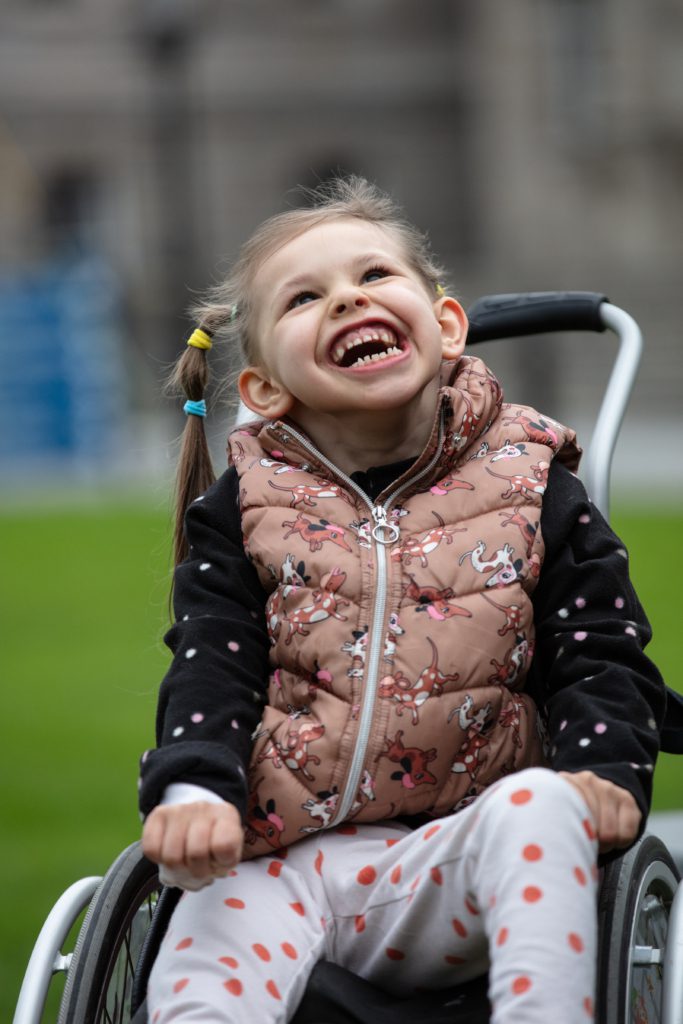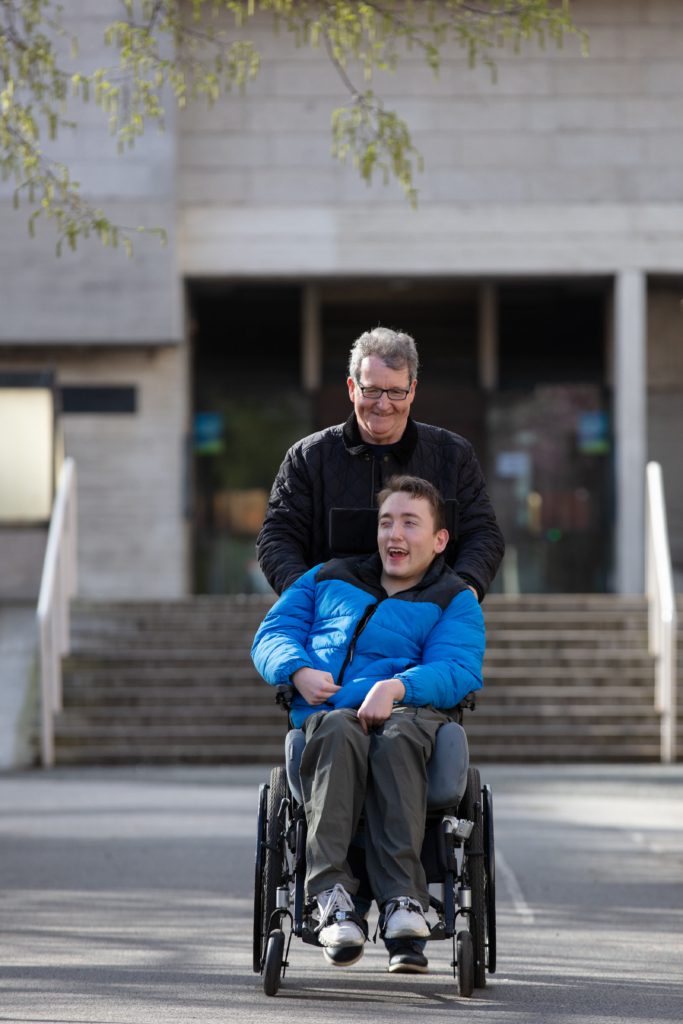
What change do we want to see?
our why
The Cerebral Palsy Foundation is dedicated to finding a cure for cerebral palsy.
A world where cerebral palsy is preventable, treatable, and curable, with individuals living fulfilling lives empowered by inclusive systems, groundbreaking research, and equal access to care. We envision a global community united in transforming the future for people with cerebral palsy.

Our mission is to be a catalyst for creating positive change for people with cerebral palsy
The Cerebral Palsy Foundation exists to improve the lives of people living with cerebral palsy, prevent cerebral palsy in the future where possible, and build pathways to a cure.
We are driving a paradigm shift in understanding, preventing, and treating cerebral palsy across the lifespan by leveraging cutting-edge research, innovative technologies, systems change, and collaborative global efforts.
This means identifying projects and research that are most important to the cerebral palsy community; advocating for targeted impact funding, and spearheading healthcare systems change throughout the lifespan. We are doing whatever it takes to drive faster share knowledge and improve outcomes for the benefit of every person impacted by cerebral palsy.
Our commitment across the lifespan
-
TREAT
-
DETECT
-
PREVENT
-
CURE
Treatment: Advancing Care for Cerebral Palsy
Cerebral palsy (CP) is the most common lifelong physical disability, yet up to 90% of individuals with CP lack proper care. We’re changing this by advancing treatment models grounded in scientific research, with a focus on improving function, wellness, and quality of life.
The foundation will support cutting-edge research across all stages, from basic science and translational research to clinical trials. This includes efforts to enhance understanding and treatment of CP at both the brain and muscle levels, while also addressing related comorbidities. We are committed to developing therapies that improve muscle function, mobility, and overall well-being, with a focus on evidence-based treatments like strength training and preventive medicine.
Our global healthcare guidelines, spanning the entire lifespan, ensure that best practices in CP care are implemented worldwide. We’ve trained over 4,000 healthcare providers and screen more than 50,000 babies annually in the U.S. alone.
Our approach is scalable, efficient, and agile and bridges the gap between best practices and implementation through local, national, and global collaborations. We identify local champions to drive change and work closely with the CP community to build grassroots support. Our initiatives include the first US Cerebral Palsy Community Research Initiative to encourage CP community participation in research and collaboration with global health systems to track CP incidence and develop CP registers. In many countries, inadequate tracking and recording of CP hinder research, funding, and quality of care.
Detecting Cerebral Palsy: Early Detection and Universal Screening
Early detection of cerebral palsy (CP) is key to improving outcomes. The sooner CP is diagnosed, the sooner children can access interventions that help reduce its severity. Unfortunately, many children still go undiagnosed until significant delays occur.
To improve early detection, we focus on two essential strategies:
- High-Risk Pathway for NICU and Premature Babies: Infants born prematurely or with other risk factors requiring care in the NICU are at higher risk for developing CP. Early monitoring and intervention for these high-risk infants can lead to earlier diagnosis and reduce the severity of the condition, ensuring that appropriate therapies are started sooner.
- Universal Newborn Screening: We are dedicated to advancing and supporting research for universal brain screening for newborns. Currently, babies are routinely screened for hearing and blood disorders, but the brain is often overlooked. By implementing a simple, non-invasive brain screening at birth, we can detect CP early, enabling timely interventions that reduce long-term effects. We continue to push forward research in this area to make universal screening a reality.
Through our networks of change, we are advancing diagnostic methods and promoting early identification at the local, national and global level. In collaboration with UNICEF and local organizations in countries like Peru, Bulgaria, and Uganda, we are implementing scalable solutions for early detection, aiming to improve outcomes for all children, regardless of where they are born.
Preventing Cerebral Palsy: A Global Priority
Many cases of cerebral palsy (CP) are preventable, and the Cerebral Palsy Foundation has been leading efforts to reduce both the incidence and severity of CP. Through initiatives such as vaccination against German measles, treatment of jaundice, and addressing maternal blood type incompatibility, we have made significant progress. However, access to these preventive measures remains limited in many parts of the world, especially in low- and middle-income countries (LMICs), where the 5-year mortality rate for children with severe CP is still high due to lack of early intervention and care.
Infections like CMV (cytomegalovirus), prematurity, and other complications during pregnancy continue to pose major risks for CP. With prematurity rates on the rise, particularly in the U.S., addressing these risks is more urgent than ever. Early diagnosis, timely treatments, and improving access to prenatal, perinatal, and postnatal care are crucial to preventing CP and reducing its impact on children’s lives.
The Time is Now: Our Commitment to a Cure
Cerebral palsy (CP) stems from brain injury or inflammation during brain development. Until now, a comprehensive cure has not been explored. The Cerebral Palsy Foundation is dedicated to finding a cure through ambitious research.
Finding a cure has always been at the heart of our mission, and we are driving this work forward with urgency and innovation.
Our approach is and will be comprehensive—combining drug development, stem cell research, genetic therapies, and inflammation control to tackle cerebral palsy from every angle. By collaborating with leading research institutions and healthcare professionals, we will use cutting-edge technologies and innovative treatments to create real, measurable change. We will continue to advance clinical trials for new drugs to prevent or reduce brain damage and inflammation, while exploring stem cell therapies and genetic treatments to repair damaged brain tissue.
Our work is founded on an innate drive for change.
Rachel Byrne, Executive Director